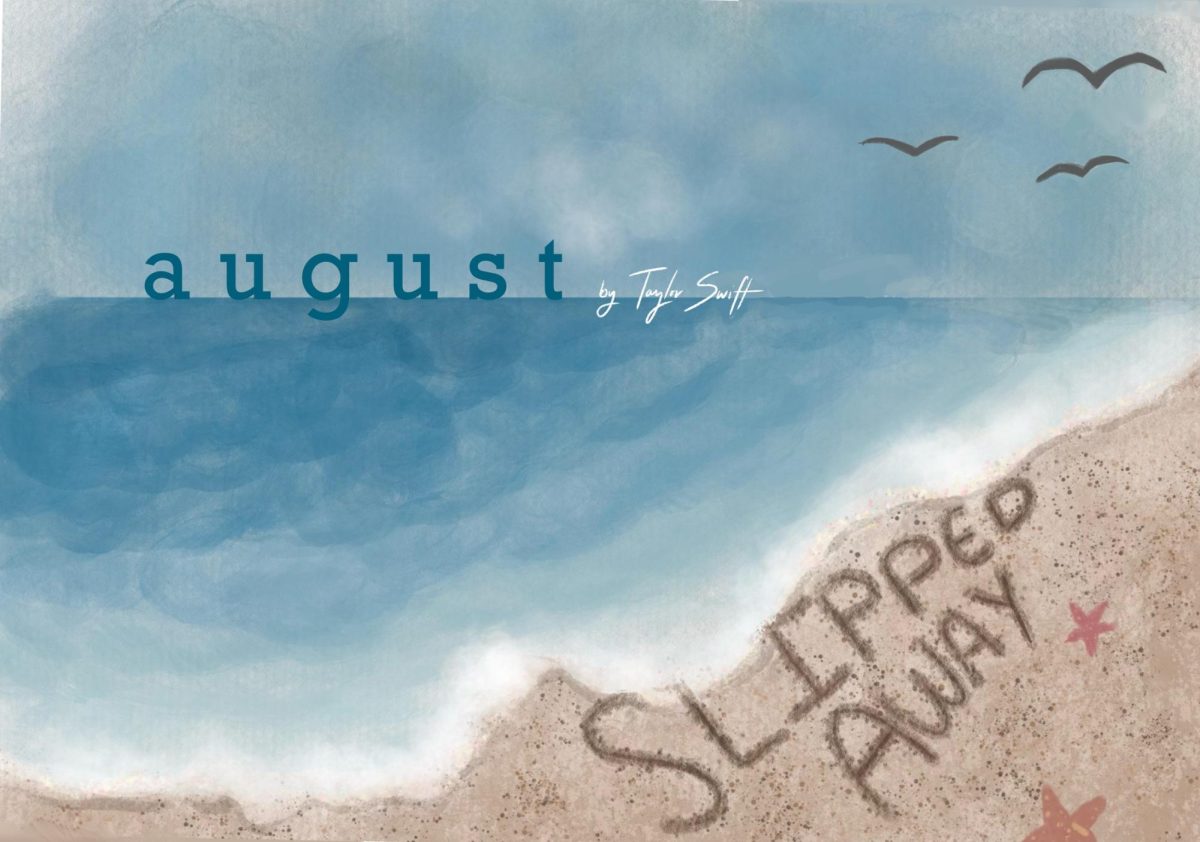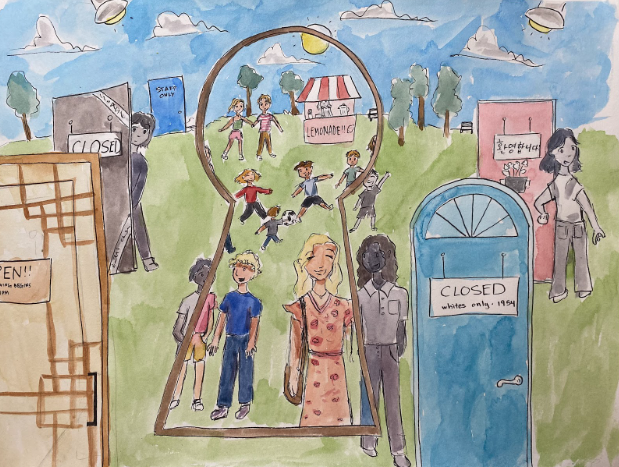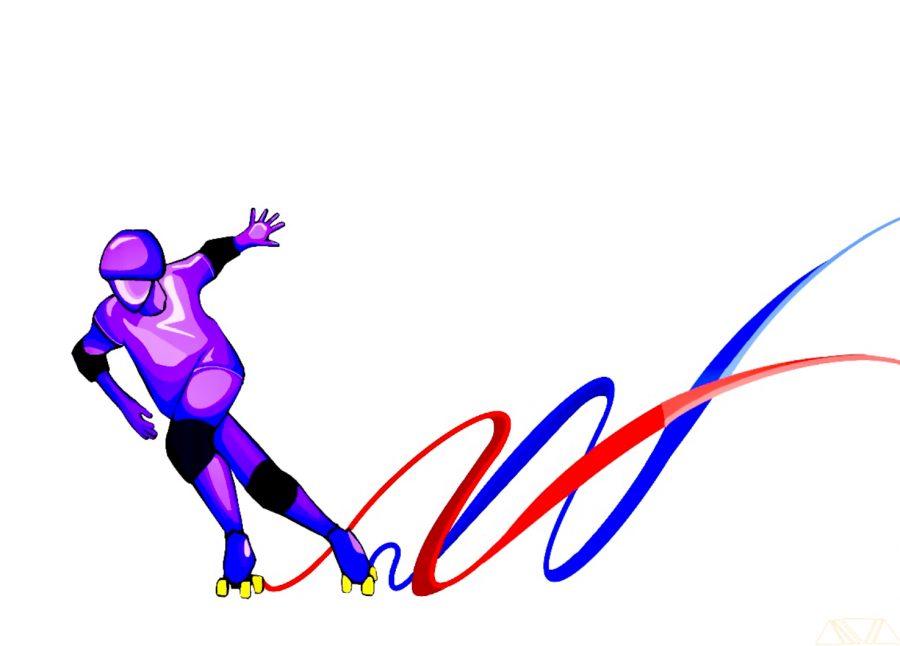I will start by saying this: I am not a distraction. I am not a phone or game of paper football, I am a human being, a young woman, a person who is so much more than the clothes on my body. My clothes are my sense of expression, but who I am is much deeper and means much more than the clothing that I choose to wear every day. This is true of every person in this world.
We seniors recently started reading and learning about The Handmaid’s Tale in Advanced Placement (AP) Literature, and we had a discussion one day about what tactics the leaders in the book use to control the other women. The one that rang the truest to me, and sent a shiver down my spine, was using women to control other women by pitting them against each other. This is what the school dress code does. It takes a set of rules made by men, that uses women to enforce it upon other women in order to control them, the way that they view themselves and the world they live in.
In a way I suppose we should thank the women who every day prepare us for the real world: one in which we deserve whatever happens to us based on what we were wearing, one in which cops will ask us how much we’ve had to drink, or what were you wearing; where males will often get a free pass on the comments, stares, posts and will serve only a fraction of the deserved time for rape. We should be thanking the teachers and parents who complain, and the administrators who act on these complaints.They’re trying to protect us, right? By enabling our attackers, by enabling those who want to objectify and destroy us from the inside out.
Not only does the dress code promote victim blaming, it also destroys a person’s self-confidence. If I get dress coded, I still know that I’m beautiful and I’m not going to change that mindset. But for a girl who isn’t as confident in herself, these sorts of microaggressions from adults telling her she needs to change, process more deeply than just “I need to change what I am wearing.” Instead, it can be interpreted as “I need to change who I am.” This is damaging beyond words. It can turn a confident girl into a timid one and for people who dresscode others it’s better that way.
I see it every day, tall girls, bigger girls and curvier girls are being targeted unfairly, because those bodies are somehow more sexual and must be covered more often. Confident girls and those who walk with a spring in their step are targeted more often as well because they stand out. Once again the dress code only perpetuates the cycle of oppression, silencing strong and outspoken girls.
When girls don’t believe that being confident and outspoken is accepted, and they believe that they have to cover up in order to be respected and taken seriously it is incredible destructive to one’s sense of self. Just because I wear short skirts doesn’t I am less worthy of respect than anyone else. I am just the same as the girl in the turtleneck and jeans, just like she is my equal whether or not I am in a crop top and shorts.
Girls are not distractions, we are human beings. So watch me fighting every day for a change in the sexist, misogynistic and belittling dress code women and girls are forced to follow everyday.










Anonymoose • Sep 20, 2018 at 10:39 pm
The dress code is there for a reason, to prevent inappropriate clothing from being worn on campus, if you get wrongly dress coded, that is not the dress code’s fault, rather the person of authority who enacted upon that dress code in a wrong fashion. I feel that if you get offended by a being dress coded, that’s kinda your own fault. You let yourself be offended. Why should we change a perfectly reasonable dress code just because you might get offended.
Anonymous • May 30, 2018 at 1:54 pm
This is a valid and interesting take on the subject of dress codes. However, I personally see the dress code as a futile attempt to help students prepare for the workforce. When dress codes were first initiated in 1969 as a result of the Tinker v Des Moines case, the average work force wear was not very diverse, and normally consisted of suits and dresses. And since school’s primary focus is to prepare people for the workforce, it was often taboo to see any exposed underwear, and this still follows students in 2018. In 7th grade, I forgot to wear a belt, and my shorts were sagging. My P.E. teacher saw this and I had to wear my P.E. shorts for the rest of the day. This seems to happen more for women as women’s clothing and fashion is often more elaborate and diverse then men. One could say this is due to the sexualization of women through fashion, but that’s a separate topic. Overall, I don’t see the dress code as a way of shaming people by exposing what they wear, but rather an outdated tactic used to prepare students for the workforce.